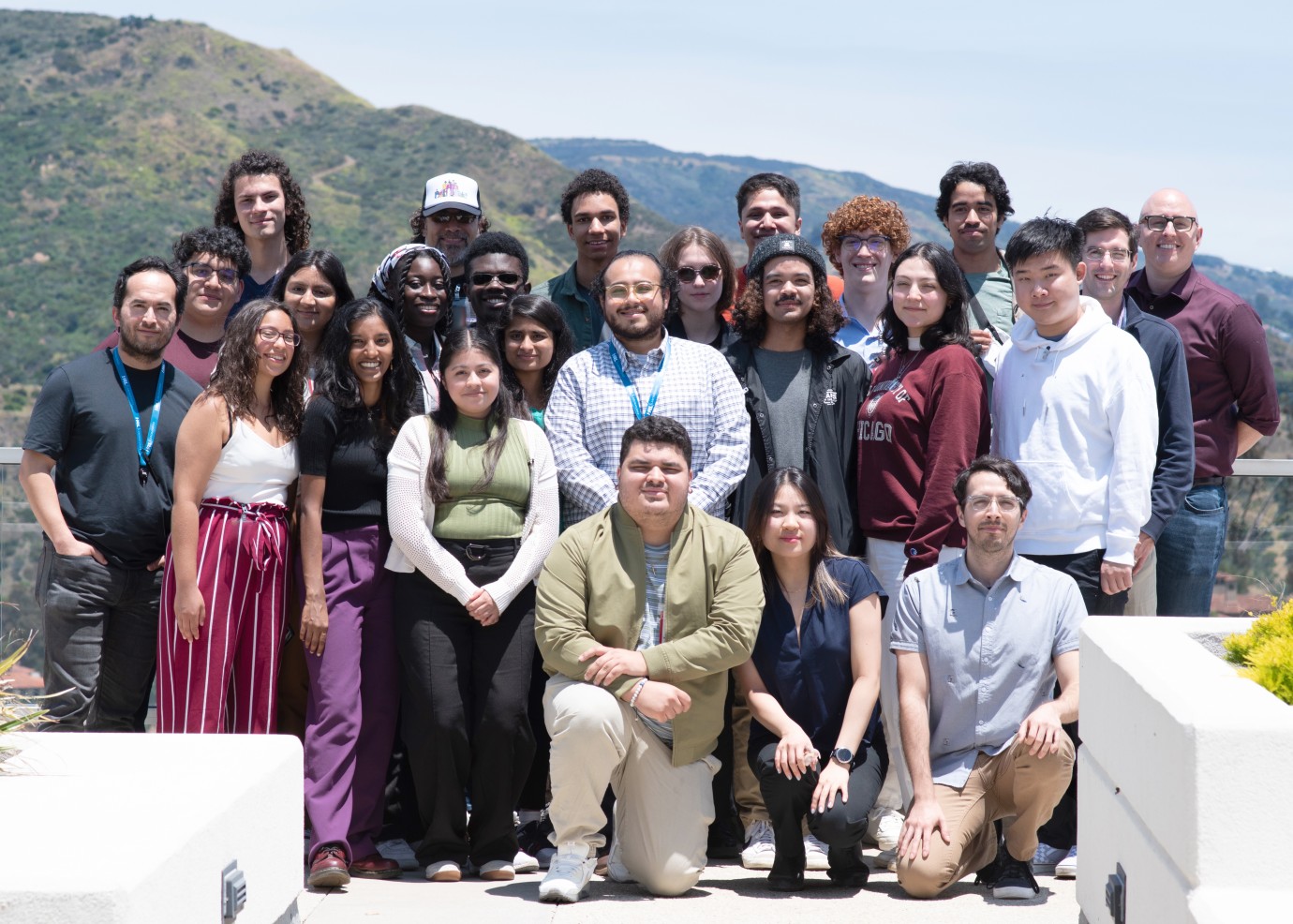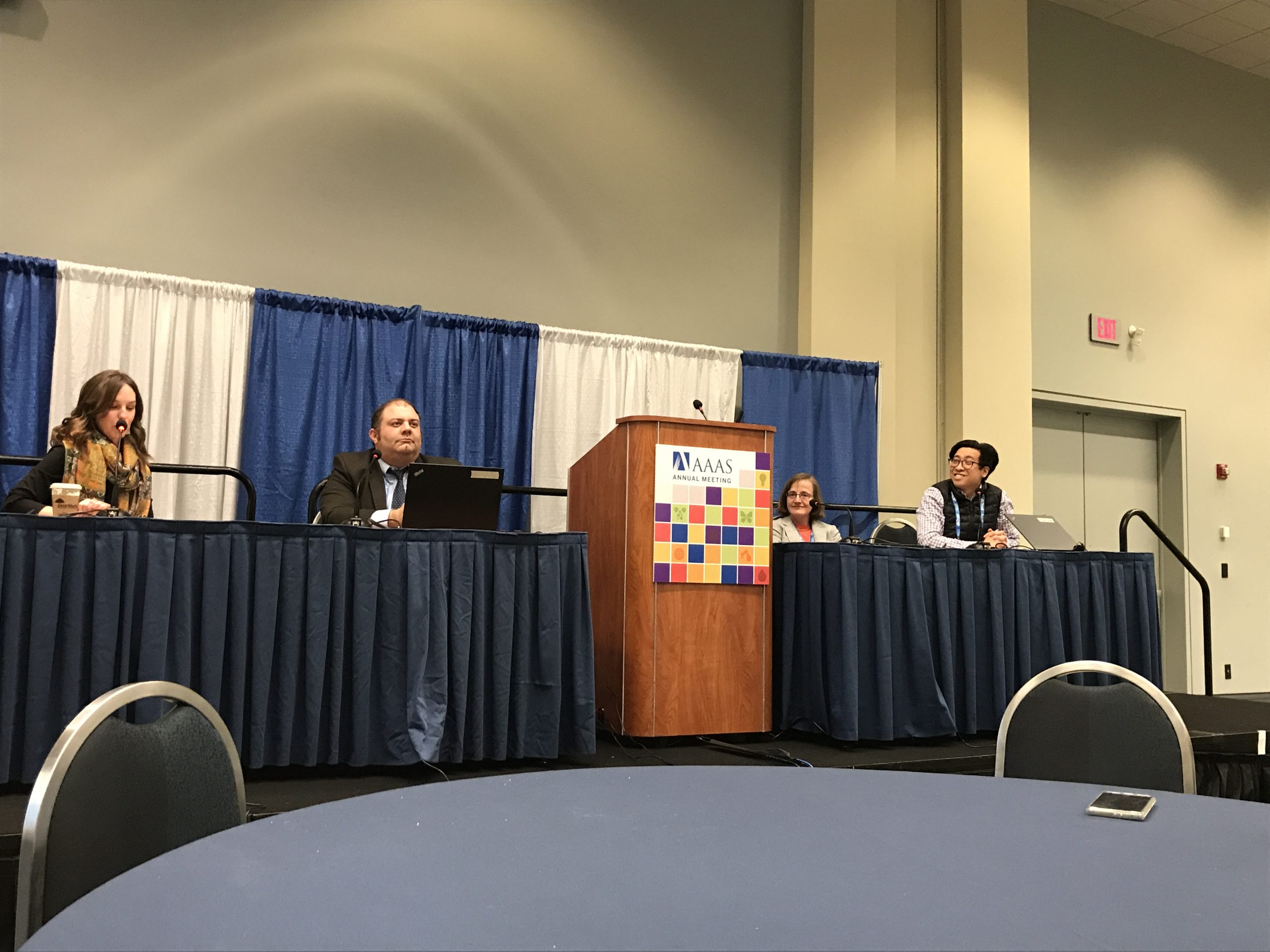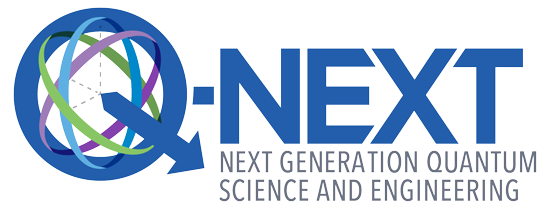quantum sensing
-
Choy will use an NSF CAREER award to create quantum-based navigation systems
From the University of Wisconsin–Madison: Q-NEXT collaborator Jennifer Choy of the University of Wisconsin–Madison is using her NSF CAREER award to develop quantum sensors that could supplement or supplant GPS. Read More
-

In novel quantum computer design, qubits use magnets to selectively communicate
Researchers have begun to use magnets to entangle qubits, the building blocks of quantum computers; the simple technique could unlock complex capabilities. Read More
-
Ask an expert: Choy discusses qubits, atomic clocks, computing and more
From the University of Wisconsin–Madison: In this Q&A, Q-NEXT collaborator and University of Wisconsin–Madison Assistant Professor Jennifer Choy discusses quantum sensing, one of several growing research fields that use quantum mechanics for applications ranging from creating nanoscale optical sensors to the supercomputers of the future. Read More
-

Q&A with the 2023 Open Quantum Initiative fellows
Eight Open Quantum Initiative undergraduate fellows recently completed quantum research experiences that contributed to Q-NEXT R&D. In this Q&A, they share what they did this summer. Read More
-

What is quantum squeezing?
The quantum squeezing technique brings greater precision to time keeping and astronomy. Read More
-

Democratizing quantum information science
At the 2023 AAAS Meeting in Washington, DC, experts discuss how the scientific community can make quantum information science more accessible and reach a wider base of innovators. Read More
-

-
Quantum navigation and other aviation use cases with Boeing
From the Post-Quantum World podcast: Boeing has a large team dedicated to using quantum computing and sensing to ensure innovation in aeronautics, ranging from materials science to navigation and other use cases. Join Host Konstantinos Karagiannis for an uplifting chat with Jay Lowell from Boeing. Read More
-
Who cares about quantum?
From Direct Current: "Quantum" is everywhere these days — in the news, on TV, in the titles of blockbuster action films — but what even is it? Why is it important to understand it? Who cares about quantum? The Department of Energy gets philosophical with David Awschalom about scientists' brain-bending research, the massive impacts it could have on our lives, and the joy and frustration of chasing breakthroughs that can take decades to arrive. Read More
-

New quantum sensing technique reveals magnetic connections
A research team supported by the Q-NEXT quantum research center demonstrates a new way to use quantum sensors to tease out relationships between microscopic magnetic fields. Read More
In the News
See all In the News-
The best qubits for quantum computing might just be atoms
From Quanta: Mark Saffman of the University of Wisconsin–Madison and Infleqtion is featured in this comprehensive overview of neutral-atom qubit research. Read More
-
How quantum computing could help us understand the universe
From PBS NewsHour: David Awschalom appears in this piece on the next generation of computing, one that will be far more sophisticated and dependent on understanding the subatomic nature of the universe. Read More
-
PME-led research into protein-based qubits earns $2.75M Moore Foundation grant
Bolstered by a new $2.75 million grant from the Gordon & Betty Moore Foundation, a team led by University of Chicago's Peter Maurer will soon study qubits made from protein. Read More
-
Infleqtion unveils 5-year quantum computing roadmap, advancing plans to commercialize quantum at scale
From Quantum Insider: Infleqtion shares a broad business update, including the first look at its new 5-year quantum computing roadmap. The roadmap's centerpiece is Sqorpius, the next phase of Infleqtion’s quantum computing program. Read More
-
Bringing quantum entanglement to the people
From the National Science Foundation: NSF’S Quantum Leap Challenge Institute Hybrid Quantum Architectures and Networks at the University of Illinois Urbana-Champaign, a Q-NEXT partner, has created a working demonstration that brings entanglement between photons to a public setting for the first time. Read More
